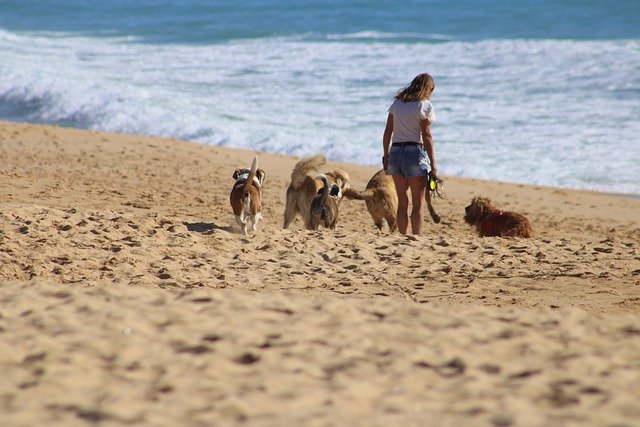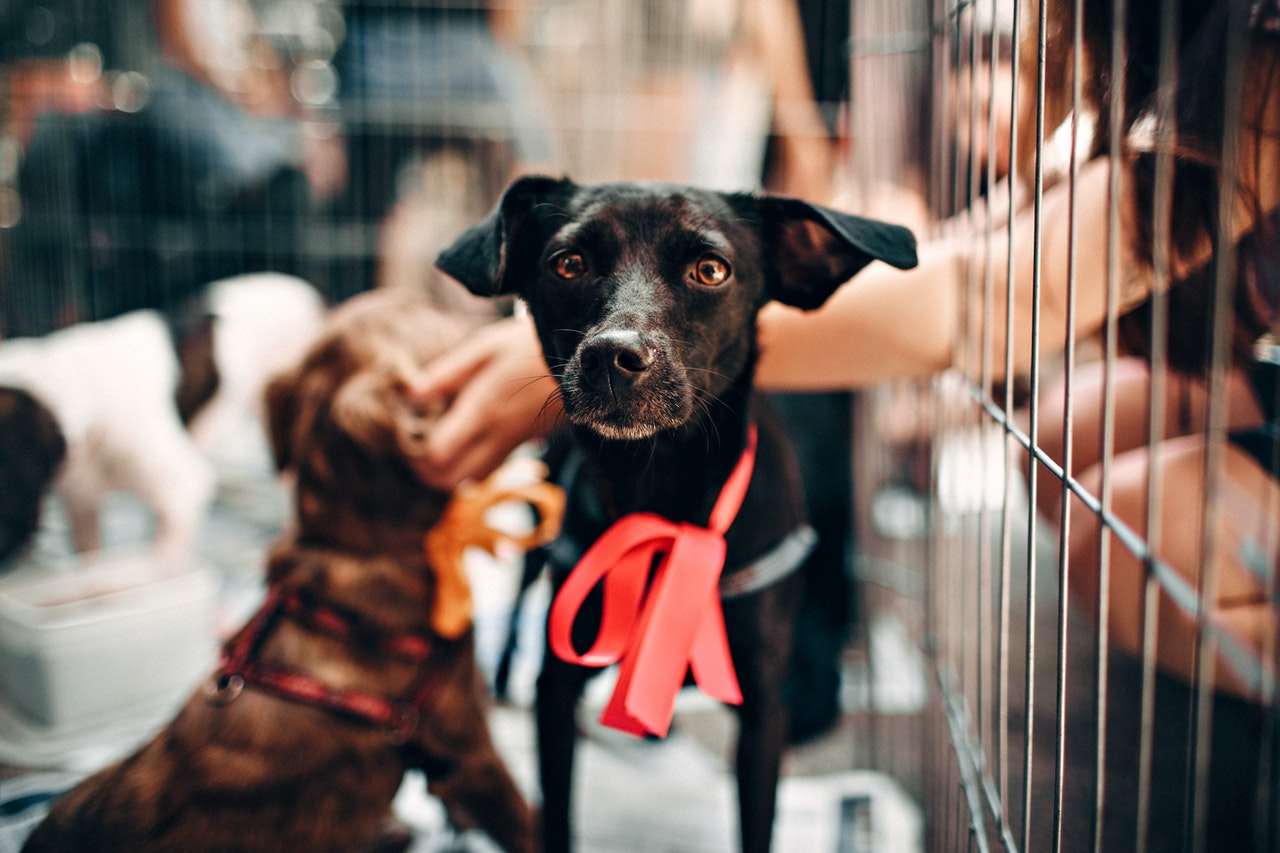Where Did Dogs Come From? Humans and Dogs History Together

If you’ve always loved and lived with dogs, it’s impossible.
The bond between a human and his dog is so powerful and pure that it’s not surprising they’re dubbed as man’s best friend.
But where did these four-legged furry angels come from?
How did these fierce hunting canines evolve and become the tame snuggly pooches sleeping on our couches today?
How did the early humans and the wild wolves start to make history together?
When did they launch a beautiful friendship that will be passed on for generations?
Here’s a quick look at where dogs come from and their history with humans.
Where Did Dogs Come From?
Anatomical Origin of Dogs
We have good reasons to believe that dogs are descendants or close cousins of wolves.
Domestic dogs differ by 0.2% at most of their mitochondrial DNA sequence from their wild wolf ancestors.
Nobel Prize-winning behaviorist Konrad Lorenz suggested that some dog breeds may have come from jackals and not from wolves. Jackals look like a cross between a German shepherd and a fox.
Some also think they’re from coyotes.
For us dog parents, regardless of their ancestry, we believe they’re all heaven-sent.
When and Where did Dogs Come From?
Scientists are confirming evidence of the origin of dogs until today. Where dogs come from geographically is still debatable.
Did they come from the Middle East, East Asia, or Europe?
Science.org said, “Our analyses revealed a deep split separating modern East Asian and Western Eurasian dogs. Surprisingly, the date of this divergence (~14,000 to 6400 years ago) occurs commensurate with, or several millennia after, the first appearance of dogs in Europe and East Asia.”
In Europe, the Middle East, and North America, dog illustrations dating from the Bronze Age (approximately 3300 BC to 1200 BC) have been found on walls, tombs, and scrolls.
Award-winning author Pat Shipman assumes that, 36,000 years ago, wolf-dogs (not yet fully resembling modern dogs, but no longer wolves) became our companions.
Amazonian cultures began adopting dogs towards the end of the 19th century.
Genetic evidence shows that the earliest traces of dogs in North America was found only some 10,000 years ago.
Domestication of Wild Dogs and the Start of our Friendship
Scientists agree that dogs were domesticated before humans developed agriculture 11,000 years ago. We were raising puppies before we were even raising chickens and planting grains.
Domestication of dogs began around 16,000 years ago, making them one of the first domesticated animals.
Some think at first that hunters or gatherers may have found wolf pups and smitten by their cuteness, took them home, and raised them.
But humans and wolves used to be rivals in hunting. Humans would rather eradicate wolves than adopt them.
So how did we become best buds with Fido over the years?
In the book People and Dogs: A Genetic Love Story, it’s believed that wolves first approached humans. The aggressive ones may have been killed but the friendly ones survived.
When dogs were domesticated, their appearance started to change and evolve.
From the ferocious-looking grey wolves baring their teeth when threatened, they now have unique spots and adorable coat patterns.
Their skulls, paws, and teeth shrunk.
Dogs have floppy ears that can melt your hearts, innocent and imploring eyes that will enchant you to do whatever they wish, and excited wagging tails that can brighten even the gloomiest of your days.
Their color pattern change is assumed to result from mutation and artificial selection during and after domestication from wolves.
Agouti-signaling protein (ASIP) is the gene responsible for a dog’s unique coat colors.
Dominant yellow, shaded yellow, agouti (usually gray or dull brown, or dull yellow), black saddle, and black back are the five coat color variations or phenotypes controlled by the ASIP gene.
Chris Kaelin of the HudsonAlpha Institute for Biotechnology said, “We were surprised to discover that white wolves and yellow dogs have an almost identical ASIP DNA configuration. But we were even more surprised when it turned out that a specific DNA configuration is more than 2 million years old, before the emergence of modern wolves as a species.”
Dogs Then and Now
Because of their intellect, dogs have adapted well as human civilizations change.
From helping humans hunt mammoths during the Ice Age to working at hospitals to comfort patients today, dogs have come a long way---just as we humans have.
Dogs have been used in wars since at least 700 BC.
For thousands of years, they have served their human masters in many ways.
Dogs are used as herders of livestock, hunters, protectors, therapists and comfort dogs, travel companions, and guides for the blind or persons with disabilities.
Today, just having dogs around to play fetch with, walk and run with, or just sit quietly with is more than enough service we could receive.
As they evolved, dogs have become more sensitive to human needs.
They are the best therapists you could ask for. You don’t have to say anything for them to understand how you feel. They know, and they’re there. Their presence alone is comfort enough for the tired and restless soul.
We provide them with food and shelter, they give us back unconditional love and undying loyalty.
More than just domesticated animals we keep for their service, they have become an important and irreplaceable part of our family.
Conclusion
Contrary to our beliefs that we adopted and tamed dogs, it is them who adopted and changed us. They have influenced us maybe more than we influence them.
Aren’t we guilty of changing our schedules and itineraries and adjusting to our fur babies’ needs?
Life without dogs would be bleak. Who knows we may still be barbaric and savage like we used to be? Dogs tamed us. They made us better.
That day humans and wolves started to march the earth together thousands of years ago could be the most important day in world history.
It’s the day we’ve discovered our soulmates in another creature.
The origin of dogs is the beginning of true love.
Where did dogs come from may never get resolved by science but lucky are we to have been found by them.
Lux Ganzon: Dog Sniffer Contributor
Leave a Reply
You must be logged in to post a comment.


